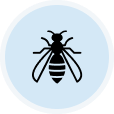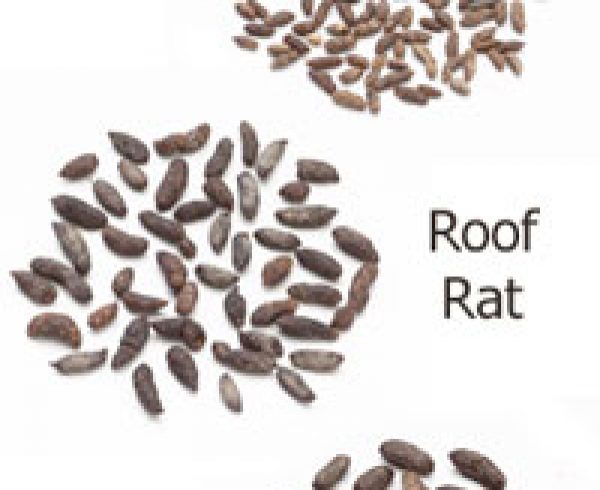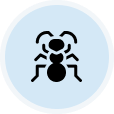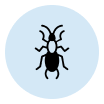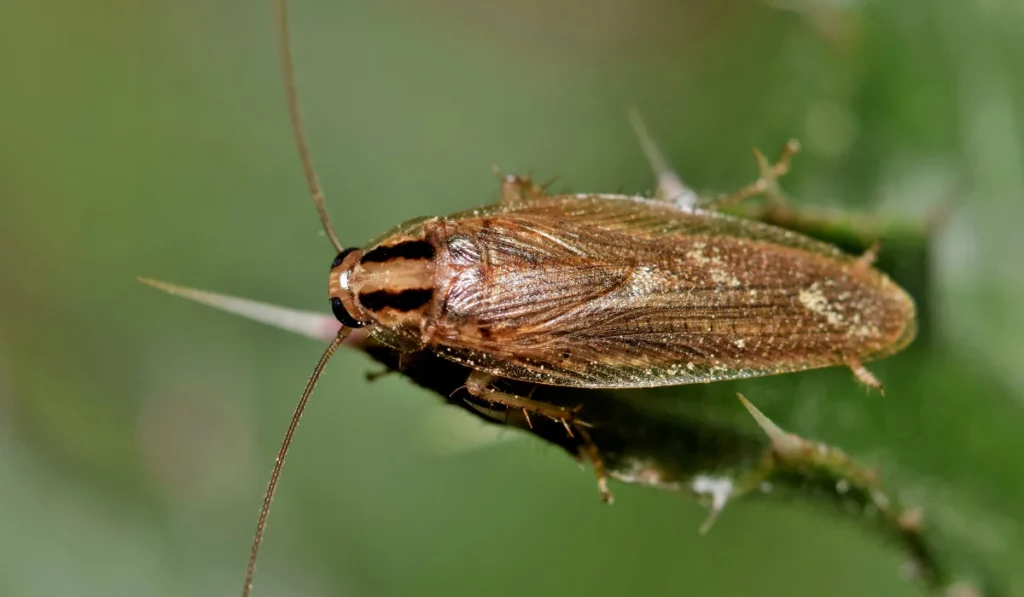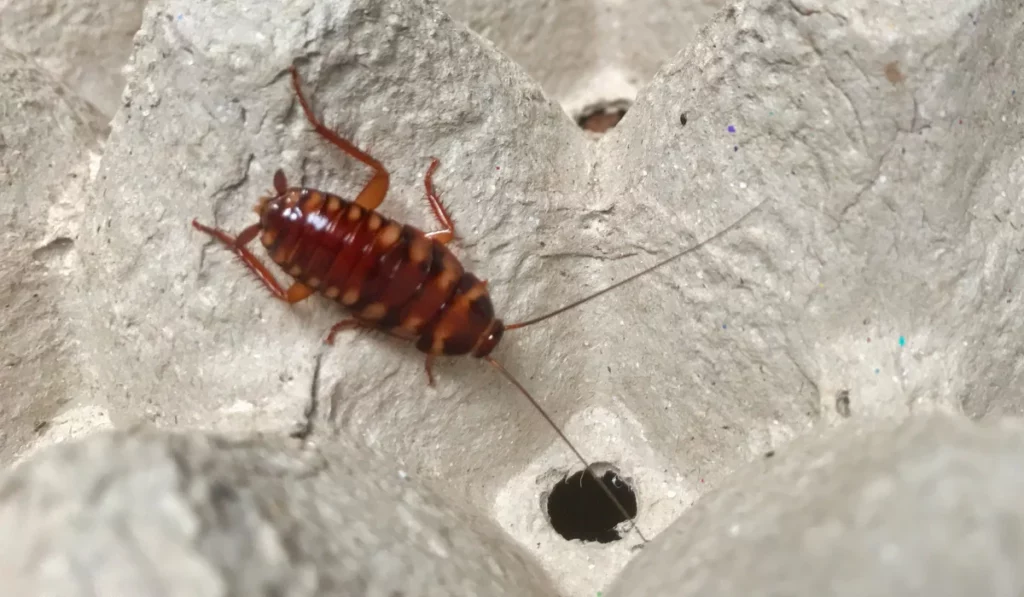Are you worried about rodents infesting your home? One of the easiest ways to identify the problem is to look for droppings, but what does mouse poop look like? Mouse droppings look like small black or brown pellets. They have a granular texture and are around a ¼ inch in length.
You might confuse the droppings for seeds, but they have a distinct appearance, sort of like dark grains of rice. The droppings start black in color, fading to brown over a week and eventually to grey. The average mouse leaves around 50 to 75 droppings a day. That should give you an idea of the problem you’re facing.
Mice poop along walkways they use to get around your property. So, you’ll see them in areas they use in their search for food. This post gives you everything you need to know about identifying rat and mouse poop and what to do to eradicate these pests.
– – –
Get rodent control in Sacramento County or San Diego County
Rodent infestations will not go away on their own
Contact Us Now To Get Rid Of Them
– – –
What Is the Difference Between Mouse, Rat, and Cockroach Poop?
It’s common for people to confuse mouse poop with cockroach feces or just pieces of dirt. The best way to identify mouse poop is its size and shape.
Typically, rat poop is much larger than mouse poop, and between ½ inch, to ¾ inch, while mouse poop measures around ¼ inch on average. Cockroach feces is around one millimeter in length and looks like grains of black pepper.
Mouse Poop Characteristics
- Quantity Excreted: 50 to 75 daily.
- Size: ¼ inch.
- Shape: Pellet with pointed tips.
Roof Rat Poop Characteristics
- Quantity Excreted: 40 to 50 daily.
- Size: ¾ inch.
- Shape: Thick pellet with blunted ends.
Norway Rat Poop Characteristics
- Quantity Excreted: 40 to 50 daily.
- Size: ½ inch.
- Shape: long pellets with a pointed end.
Where Do I Look to Find Mouse Poop?
Mice don’t sit around and poop. They do it on the move. You’ll find the feces in areas they use around the property when searching for food.
Since food sources are usually fixed, such as trash cans or pet food bowls, you’ll see feces along the way from the nest to the food source.
Mice are nocturnal rodents; you probably won’t see them running along their pathways during the day. The rodents leave their feces and urine along these runways, giving them a scent trail from the nest to the food source.
If you think you might have a rodent problem, check the following areas around your property for signs of mouse and rat feces.
- Crawlspaces, basement, attic, and garage.
- Kitchen cabinets, under the sink, storage, and food pantries.
- Around appliances like the refrigerator, water heater, and laundry machines.
- Bathroom cabinets.
- Around pipes, vents, and exposed areas.
Does Mouse Poop Have an Odor?
New mouse infestations in your home won’t give off a pungent odor. The scent builds over time. However, you’ll likely smell the urine they leave around the walkways to and from the nest before you smell the poop.
Mice excrete pheromones in their urine, allowing them to find their way back to the nest. The urine has a pungent ammonia scent that’s recognizable. The urine scent also lets other mice know where they are and what type of food is available on your property.
How Do I Cleanup Mouse Poop?
Assuming you’ve eradicated mice from the area, you’ll need to clean and sterilize the area immediately to prevent the spread of disease. The CDC recommends the following guidelines for decontaminating spaces with a previous rodent infestation.
- Air out the space for at least 30 minutes before attempting a cleanup.
- Wear a respirator to filter contaminants out of the air when cleaning.
- Wear gloves and protective eyewear that seals around the eyes.
- Mix a disinfectant spray with one-part bleach and ten-parts water.
- Saturate all surfaces and let the solution soak for five minutes.
- Use a cloth or rag to mop up as much poop as possible.
- Repeat as many times as necessary.
- Finish by sweeping or vacuuming the area.
- Double bag all mouse feces and waste in a plastic bag and discard them in a trash can outdoors.
Make sure you don’t start sweeping or vacuuming the mouse poop before saturating it. This strategy prevents the poop particles from entering the air column and spreading around the property. Airborne particles can hang in the air where people breathe them in, causing illness.
Does Mouse Poop Create a Health Hazard?
Mouse poop contains several viral and bacterial pathogens that are incredibly hazardous to human health.
- Hantavirus – This pathogen affects the respiratory system.
- Lymphocytic Choriomeningitis – This pathogen affects the neurological system.
- Salmonellosis – This pathogen contaminates food and water sources.
- Rat Bite Fever – This bacterial pathogen infects food and water.
- Leptospirosis – This bacterial pathogen contaminates food and water.
Mouse poop can break down into particles that enter the air in confined spaces like basements, garages, and crawlspaces or attics.
If the air isn’t circulating, you’ll breathe in these particles, causing you to get severely ill. For this reason, you need to wear a respirator when cleaning up any rodent feces in these areas.
Removing and Disinfecting Mouse Poop from Your Property
It’s critical to use the correct PPE (Personal Protective Equipment) when cleaning up any rodent feces on your property. Gloves, safety goggles, long sleeves and pants, and respirators are essential when tackling the problem.
After you finish the task, ensure you clean your hands and face using soap to disinfect your skin. We tend to touch our skin and face unconsciously during the day.
It’s best if you take a shower and wash your entire body as soon as possible after completing the task. Use soap when showering to remove any particles on your skin.
If you’re cleaning up a rodent infestation in your home, follow these steps to sterilize the area and make it safe for inhabitation.
- Clean linen, bedding, and clothing.
- Use hot water and detergent during your cleaning operation.
- Disinfect all surfaces and countertops with detergent to sterilize any particles and pathogens.
- Steam clean curtains, carpets, and upholstery.
– – –
Get rodent control in Sacramento County or San Diego County
Rodent infestations will not go away on their own
Contact Us Now To Get Rid Of Them
– – –
Cleaning Mouse Poop in the Home
Basement, Garage, Attic, Crawlspaces, & Storage Areas
These areas are usually subject to the most significant infestation risk, and you’ll find they have the highest concentration of rodent feces. Follow these tips to sterilize the area.
- Always wear a respirator and safety goggles that seal around your mouth and eyes.
- You’ll need to saturate any dirt areas with disinfectant (one-part bleach to ten parts water).
- You’ll need to replace contaminated insulation in the roof.
- Take dirty storage boxes outside for decontamination.
- Clean contaminated materials upwind to avoid particles flowing back into the home.
- Contaminated materials should be disposed of in sealed bags outside the trash can.
Cleaning Mouse Poop in HVAC Systems and Air Ducts
Mice and rats can get into an HVAC system that’s not in use. If you purchase a home or business premises that’s been dormant for a while, hire a professional to inspect the system and thoroughly clean it.
Don’t run the system assuming the filtration system will handle the problem. If your HEPA filter is old or inefficient, the particles can get through and contaminate the air inside the property.
Breathing in airborne particles containing viral and bacterial pathogens will cause disease, respiratory irritation, and allergic reactions in sensitive people.
Cleaning Mouse Poop in Outdoor Structures
You’ll need to follow sterilization protocols if you have a rodent infestation in your cabin, shed, barn, or outdoor structure.
Please don’t assume that you’re safe because it’s outdoors. Pathogens from mouse poop will float onto surfaces. You’ll inadvertently pick them up with your hands when contacting these areas.
Outdoor areas have less human activity. So, they can create the ideal environment for large infestations that require significant cleanup operations. Ensure you air out these structures for a few hours before starting the cleanup process.
How Do I Know if the Rodents are Still Around?
A week after completing your cleanup process, check the areas for signs of fresh mouse poop. If you notice signs of mouse poop, then you haven’t exterminated the rodent problem at your property. Fresh mouse poop looks black and wet. It will eventually turn grey, and you might see mold growing on it.
Mouse Prevention Strategies
Dealing with mice infestations is challenging. Follow these tips to make your property less appealing to rodents.
- Seal entry points that rodents use to enter your property. Mice can squeeze through cracks and holes the size of a dime.
- Clean clutter and debris used as nesting materials.
- Limit food resources and ensure you have effective, secure food storage.
- Keep trash inside the trash can, and don’t leave trash bags in the open.
- Clear the hiding areas around and on your property.
– – –
Get rodent control in Sacramento County or San Diego County
Rodent infestations will not go away on their own
Contact Us Now To Get Rid Of Them
– – –
Call Professionals for Effective Rodent Eradication
Don’t let rodents infest your home, business premises, or commercial building – call the professionals for help.
Simple Pest Management offers effective, reliable, and lasting rodent eradication programs. We’ll find and eliminate the nest with lasting results.
Secure the health of your family, customers, and assets with Simple Pest Management. Call us today, and we’ll visit your premises for an inspection.
Our teams will get rid of the rats and mice infesting your property. We know what we’re looking for and what to do about the problem.


